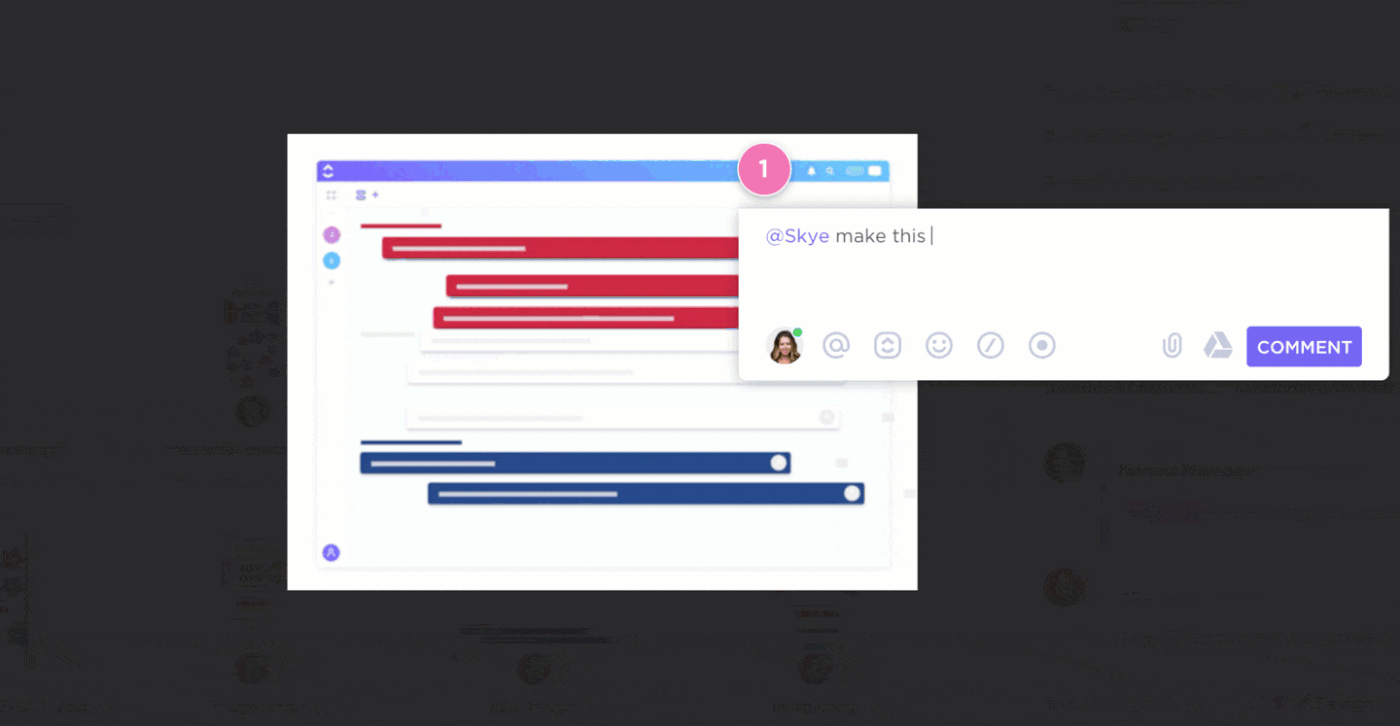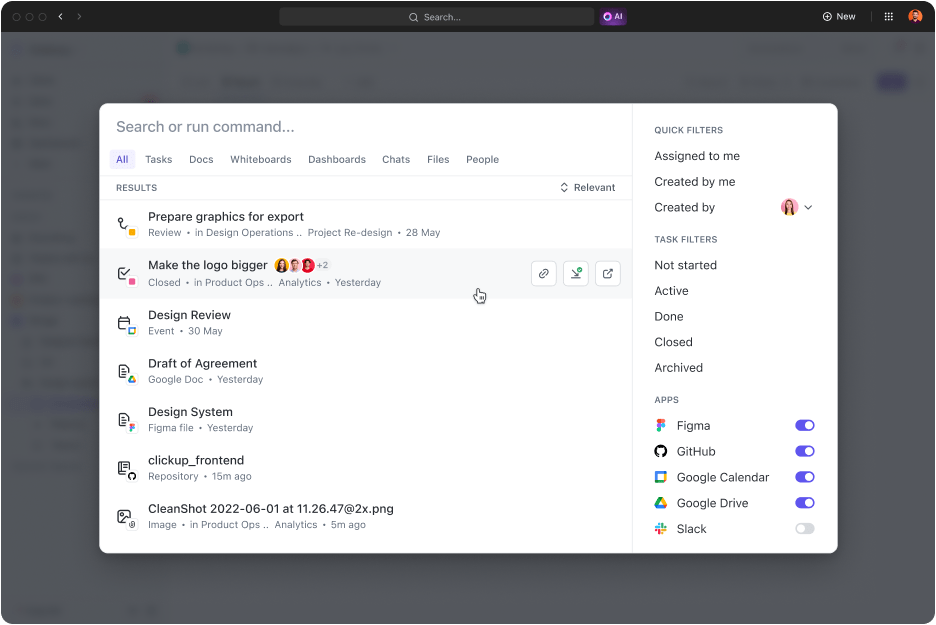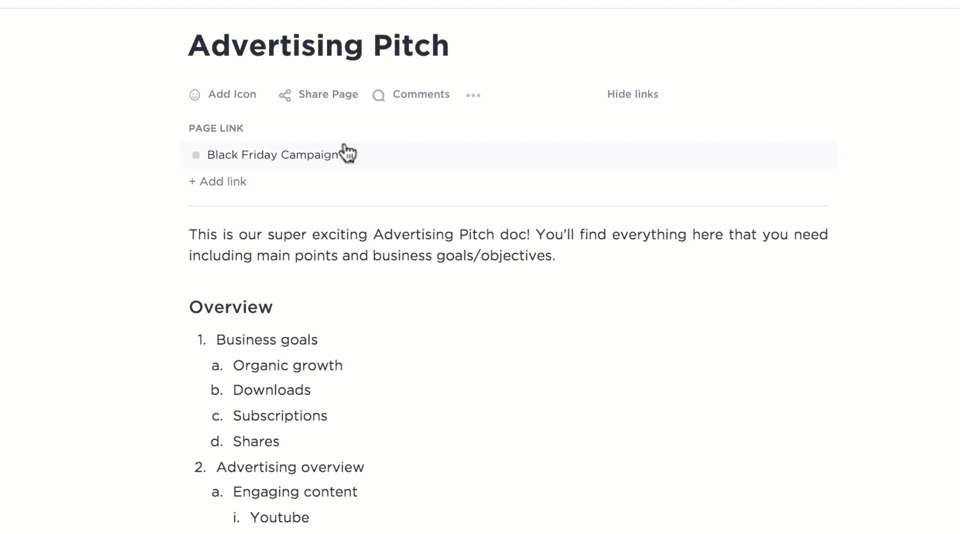How to Search PDF Files Quickly

Sorry, there were no results found for “”
Sorry, there were no results found for “”
Sorry, there were no results found for “”
Whether you’re a student exploring research papers, a professional handling extensive reports, or just someone trying to manage daily document loads, you probably deal with PDF documents regularly.
Imagine you need to find a specific phrase or detail buried in a stack of PDFs.
Instead of manually combing through each one, wouldn’t it be better to pinpoint your search quickly?
That’s where knowing how to search a PDF file effectively can save you time and boost your efficiency.
In this guide, we’ll show you the simplest and most effective methods for a PDF search. Get ready to make your digital life a whole lot easier.
Knowing how to search within a PDF file is essential for anyone who regularly interacts with digital documents. Here’s how to streamline your PDF search across different platforms:

Adobe Acrobat Reader offers robust search features within PDFs, making it an indispensable tool for efficient document handling. Here’s a step-by-step guide to PDF search using this powerful feature:
💡 Pro Tip: Adobe Acrobat Reader’s search function doesn’t support traditional wildcards like asterisks (*) or question marks (?). However, it compensates by offering partial word searches. By tweaking the settings in Advanced Search, you can tailor your search to include variations of your primary terms, enhancing the thoroughness of your document review.

Many people use internet browsers like Google Chrome and Microsoft Edge to access PDF files directly in their web browsers. These browsers have built-in PDF viewers that offer convenient features for viewing and searching within PDF documents.
Here’s how you can quickly find text within a PDF using these browsers:
💡 Pro Tip: Improve your search efficiency by searching PDF indexes, which help you quickly locate specific terms within large documents.
Preview is the default application on Mac computers for opening and interacting with PDF files, among other documents and images. It’s known for its simplicity and effectiveness, especially when quickly searching PDF documents. Here’s how you can use Preview on your Mac to find exactly what you’re looking for:
Basic search is the simplest way to find text within a PDF document. This method is available across all standard PDF viewers and browsers, making it universally accessible for anyone searching through PDFs. Here’s how to effectively use basic search:
Effective searching saves time and increases productivity. Here’s how you can master the art of pinpointing exactly what you need in a sea of information.
Opt for specific and targeted keywords related to what you’re looking for. This approach helps to filter out irrelevant results and directs you straight to the relevant content.
When you use precise keywords, search engines and databases can more efficiently scan their indexes and return the information that closely matches your inquiry. For example, instead of searching broadly for “health tips,” specify your query with keywords like “heart-healthy diets for seniors” to get more focused results.
Leverage Boolean operators such as AND, OR, and NOT to refine your search queries. These operators allow you to combine multiple keywords in ways that focus or expand the search scope as needed.
For instance, “cats AND dogs OR parrots NOT food” finds content on pets without references to their food.
Expand your search effectiveness by including synonyms and related terms. This broadens your search to capture more comprehensive data sets.
For instance, if you’re researching job satisfaction, also search for terms like “workplace happiness” or “employee contentment.”
This technique is especially useful in academic and professional research where different authors might use varying terminology to describe similar concepts.
Don’t overlook the power of search filters provided by PDF-viewers and databases. These tools allow you to specify dates, authors, titles, keywords, and metadata that help hone in on the most relevant results.
ClickUp is a versatile work management platform designed to streamline productivity for teams and individuals. It integrates tasks, documents, and communication tools in one place. ClickUp’s Universal Search revolutionizes how you manage and search through your PDFs and other file formats.
It doesn’t just cover files within ClickUp but extends to connected apps and even your local drive. This means you can search across all your integrated work apps, like Google Drive, Dropbox, and more, all from one place. No more hopping between applications to find your files; everything is searchable from ClickUp’s single search interface.
Whether you’re handling design mockups, legal documents, or video content, ClickUp supports various formats, including PDF, PNG, GIF, JPEG, WEBP, MP4, WEBM, and OGG. With ClickUp, you won’t need an external document collaboration software as well—you’ll find multiple documents related features inbuilt with ClickUp.
No matter the file type, you can efficiently find and work with the documents you need directly within ClickUp. Let’s look at the different ClickUp features in detail:

With the proofing and annotation capabilities in ClickUp, you can annotate and collaborate directly on PDFs, images, and videos, making it an invaluable tool for teams, especially in creative and legal fields. Here’s all you can do with the help of ClickUp’s proofing features:
Also read: How to comment on a PDF & AI PDF data extractors!

ClickUp’s Universal Search is a powerful tool that allows you to find any file quickly, no matter where it’s stored. Here’s what you can do with ClickUp’s Universal Search:

ClickUp Folder Hierarchy and workspace are designed to enhance collaboration and organization. You can set up different spaces for various projects, categorize them into folders, and further break them down into lists and tasks. Here’s how ClickUp’s structure can enhance your productivity:
Bonus: Learn how to remove highlights in a PDF!

ClickUp Docs provides a powerful platform for project documentation and seamless integration with your tasks and projects. Here’s how ClickUp Docs can enhance your productivity:
Mastering how to search within PDF files is essential for students, professionals, and anyone dealing with extensive document loads. Efficient searching saves time and boosts productivity, whether using Adobe Acrobat Reader, browser-based PDF viewers, or Preview on Mac.
ClickUp is a versatile platform that enhances productivity and facilitates knowledge management with features like Universal Search, Proofing, and a robust workspace organization. Its comprehensive support for various file formats ensures you can easily find and manage all your documents.
Try ClickUp for free and experience a new level of productivity and collaboration.
© 2026 ClickUp